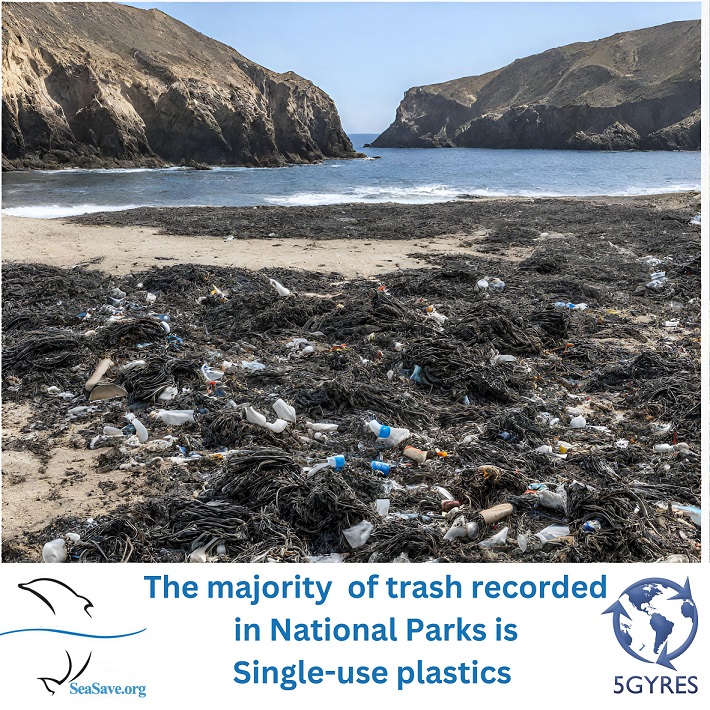
1. 5 Gyres Leads 23-Park Plastic Cleanup; Strategic Partner, Sea Save, Concentrates on Channel Islands-Cali Coast Waters
The 5 Gyres campaign was an extensive environmental initiative that targeted 23 National Parks across the United States, aiming to address and mitigate the issue of plastic pollution. Within this broad campaign, the Sea Save Foundation played a pivotal role, but with a specific focus. As a crucial project partner, Sea Save Foundation’s efforts were concentrated exclusively on the waterway between the Channel Islands National Park and the California Coast.
This targeted approach by the Sea Save Foundation aimed to address refuse and plastic pollution in this critical aquatic corridor, complementing the wider objectives of the 5 Gyres campaign in combating plastic pollution across a broader range of national parks.
Thank you for your generous gift that will help us continue the production of this weekly, free publication

2. Hermit Crabs Are ‘Wearing’ Our Plastic Rubbish
Hermit crabs all over the world, which scavenge shells as armour for their bodies, are starting to use plastic waste instead. An online analysis of photos taken by wildlife enthusiasts showed two-thirds of the creatures were using artificial items like bottle caps and lightbulb pieces as shells. The discovery is published in the journal, Science of the Total Environment.
Calculations show that 10 out of 16 species of hermit crabs around the world – particularly in tropical regions – use this form of shelter. What is not clear is if these “artificial shells” are causing harm to or affecting the crustaceans in any way. Because natural snail shells are apparently in decline, they are turning to artificial objects to protect their fragile bodies. In addition, lighter, plastic ‘shells’ could help smaller, weaker crabs to survive because they are easier to carry.
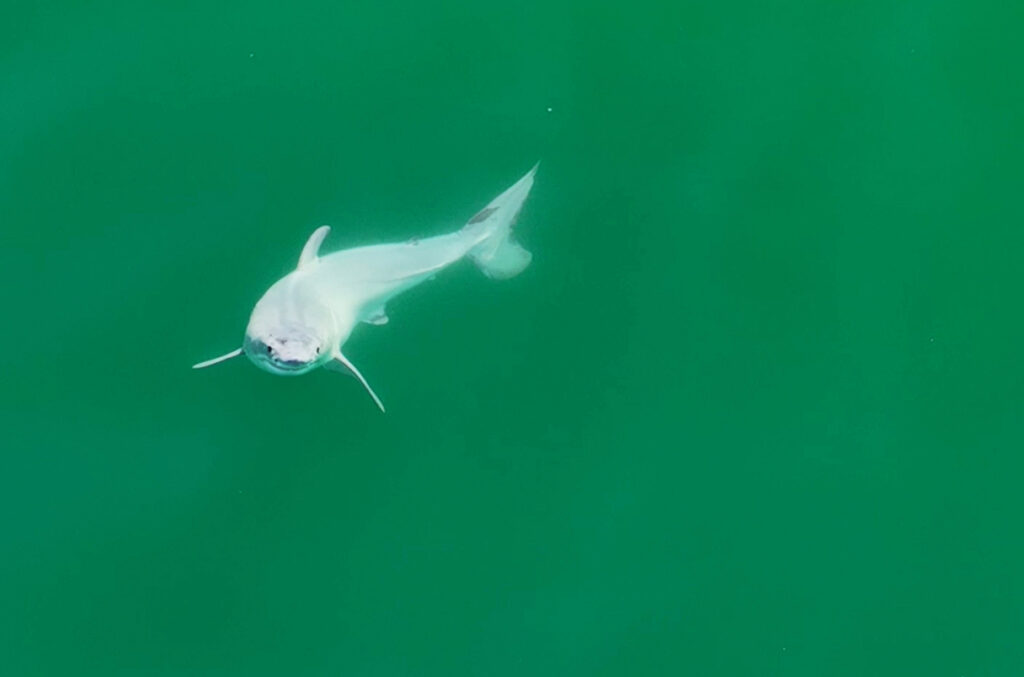
3. Live Newborn Great White Shark Seen for the First Time
Santa Barbara, California, USA: For the first time, an infant great white shark is believed to have been caught on camera. Wildlife videographer Carlos Gauna has spent hours filming sharks, a process that he calls seeking to uncover “the secret lives of sharks.” He and his partner, University of California, Riverside, biology doctoral student Phillip Sternes, “observed a big, big shark go down” underwater around 1,000 feet from shore.
“Just a few minutes later, this little bitty thing comes up from that spot,” he told CBS News, saying that at first, they thought the roughly 5-foot-long nearly purely white animal may have been an albino shark. ” Then he played back the video, and he noticed a white film sloughing off the shark as it swam. “I think Phil’s words were, ‘Oh my God, I think that might be a newborn,'” he said.

4. Hawai’i’s First Sanctuary Ocean Count and Great Whale Count of 2024 Took Place
Hawai’i, USA: A total of 2,124 whales were observed throughout the state during the Great Whale Count and Ocean Count held Saturday, Jan. 27. Organizers say this number may represent duplicate sightings of the same whale by different observers or at different times throughout the day. On Maui, there were 821 whales spotted, the most of any location around the state, followed by Oʻahu (604), Hawaiʻi Island (324), Kauaʻi (292), Lānaʻi (53) and Molokaʻi (30).
More than 400 volunteers gathered data during the Hawaiian Islands Humpback Whale National Marine Sanctuary Ocean Count and from Maui and Lānaʻi during the Great Whale Count by the Pacific Whale Foundation, the first of three coordinated whale counts between the two organizations in 2024. The data collected can help reveal trends in humpback whale occurrence within and amongst whale seasons.
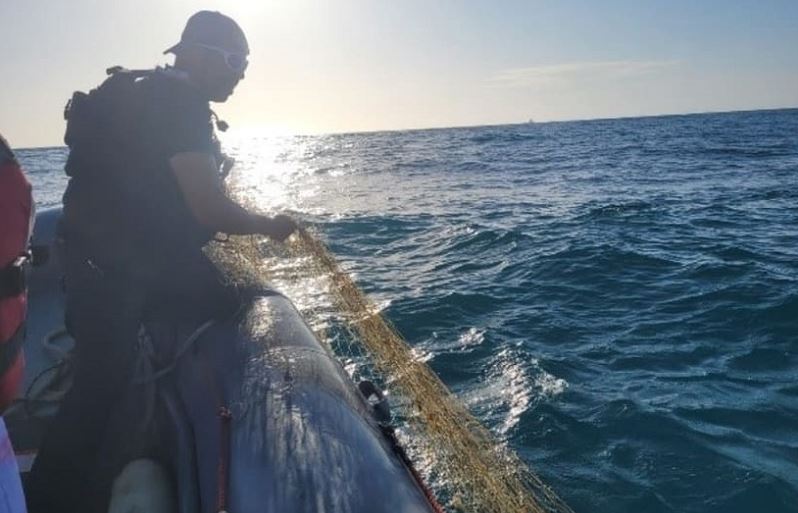
5. Society for the Protection of Nature in Israel SeaWatch App Sees Double the Downloads in 2023
Israel: The Israeli public took a more active role in protecting the country’s marine wildlife last year than the previous year, according to the Society for the Protection of Nature in Israel (SPNI). More than 2,000 downloads of its SeaWatch application were made in 2023. SPNI said that 100% of the reports received via the app received an initial response from the SeaWatch team and 75% of the reports that required a practical response in the field were successfully closed.
Among the reports received, 62 were about washed-up sea turtle carcasses – a significant decrease from the year before – and 62 were about marine pollution and debris. In one incident, a sea turtle nest was identified, and authorities were able to fence it off to protect it. There were also reports of dolphin carcasses being washed ashore and spills of hazardous materials, oil, and tar.
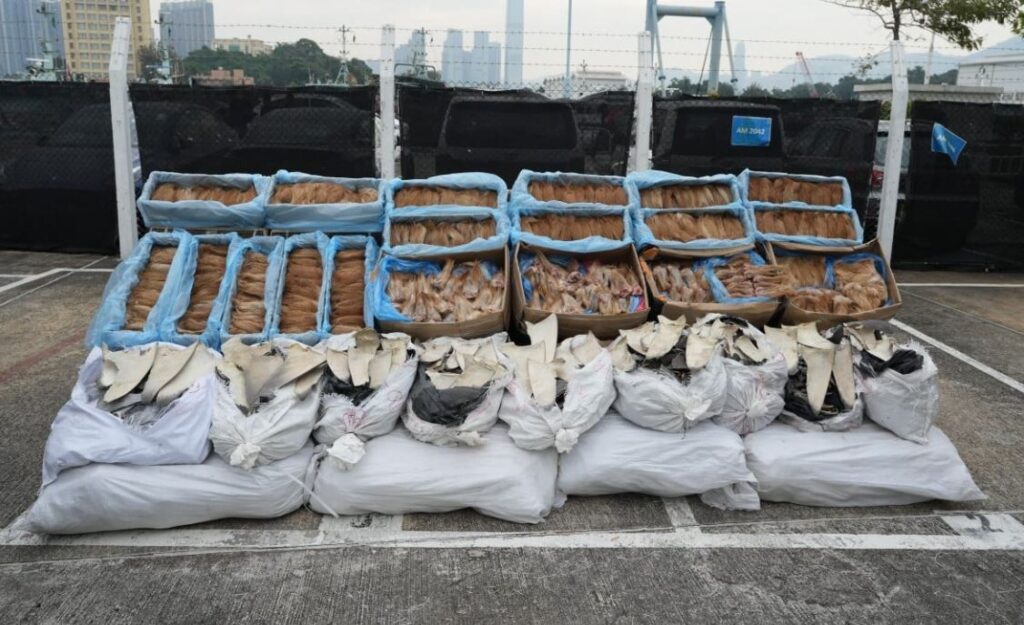
6. Hong Kong Customs Seizes Suspected Smuggled Goods Worth HK$4 Million, Including Aquarium Animals
Hong Kong customs seized suspected smuggled goods worth about HK$4 million (US$511,828), including aquarium animals and shark fins. Customs officers had carried out an anti-smuggling operation a day earlier. Suspected smugglers were seen unloading goods from a light goods vehicle onto a speedboat at the waterfront, sparking immediate action from officers. But the suspects jumped onto the boat and fled towards mainland Chinese waters.
Officers later discovered another light goods vehicle with items in the same packaging and suspect it was connected to the earlier incident. Suspected smuggled goods, including 24 boxes of frozen venison tails, 14 containing aquarium animals, and 10 bags of suspected scheduled dried shark fins, were seized from the vehicle. Those found guilty of importing or exporting an endangered species without a license are liable to a maximum fine of HK$10 million and imprisonment for 10 years.
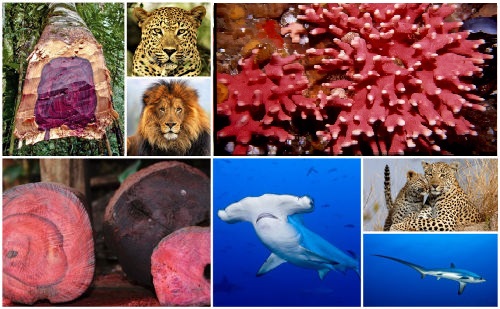
7. Is the CITES Compliance Process Becoming a Game of Chance?
Convention on International Trade in Endangered Species of Wild Fauna and Flora (CITES) compliance processes and compliance measures are viewed favorably, especially when compared to those of other multilateral environmental agreements. The most recent meeting of the CITES Standing Committee (SC77), held in Geneva, Switzerland, in November 2023, considered a number of compliance matters and it showed, once again, the significant value of having a robust compliance process.
For reasons explored in the full article, it also raised serious questions within the Committee, and amongst observers, of due process, interpretation, and procedural fairness – issues that have been brewing for some time. Interestingly, Standing Committee members and observers also expressed differing views on whether CITES compliance measures apply to the implementation of resolutions, in addition to the legally binding obligations found in the Convention text itself. This is a fundamental issue to be resolved.
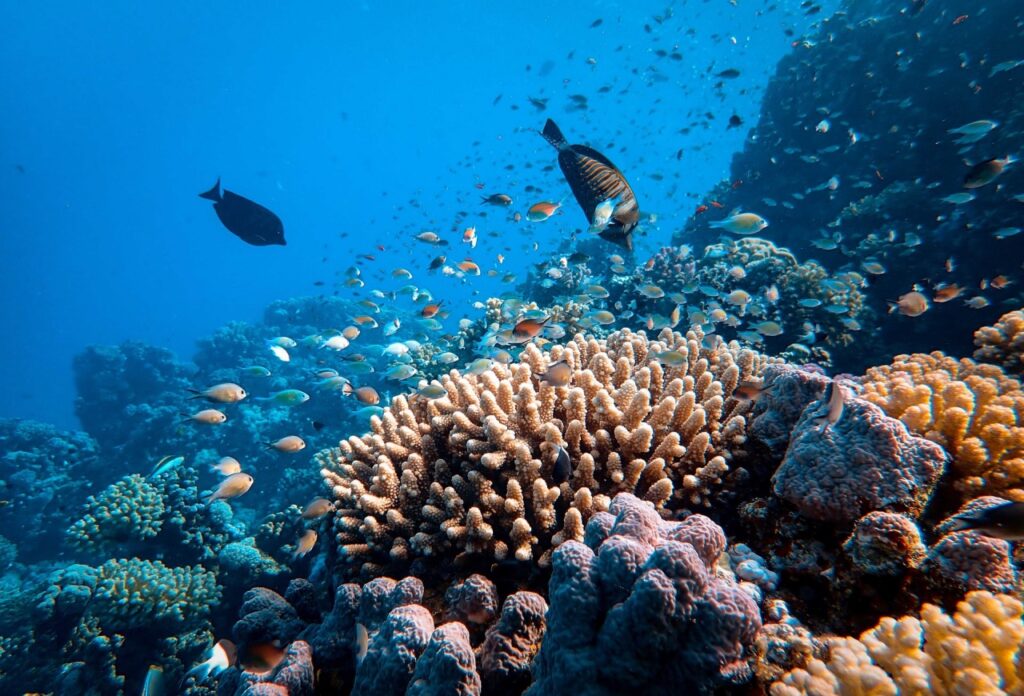
8. The New UN High Seas Marine Biodiversity Agreement May Also Facilitate Climate Action: A Cautiously Optimistic View
The recently adopted UN Agreement elaborates an overarching legal framework for the conservation and sustainable use of marine biodiversity in areas beyond national jurisdiction. The Agreement created a legal obligation to consider climate change in environmental impact assessment on the high seas, a unique addition and reform to the international law of the sea. Through this historic international treaty, nearly two decades of complicated negotiation finally concluded with a positive outcome.
There are 3 major challenges for implementation. First, the high seas are not under the jurisdiction of any state. Second, it is crucial to ensure technological and financial assistance for ocean-dependent developing countries. Finally, if it takes many years to come into effect, the Agreement’s main purpose will be defeated. Success will largely depend on the widespread ratification of states and effective implementation at the regional level.
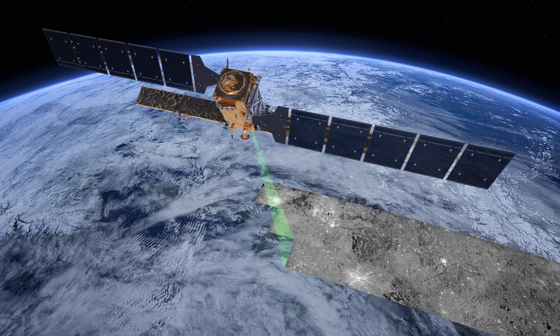
9. Indonesia Explores Cooperation With Norwegian Satellite Company
Indonesia: Maritime Affairs and Fisheries Minister Sakti Wahyu Trenggono has explored cooperation potential in technology with a Norwegian spacecraft communication services provider, KSAT, to bolster the implementation of blue economy work programs. The satellite technology capability can be used in various maritime and fisheries sub-sectors. For example, they can detect ships carrying out illegal activities, or provide environmental surveillance services to be able to analyze data of early warning on marine pollution threats.
At least 21 countries have received the Norwegian company’s services in the maritime and fisheries sector, which include the construction of nanosatellites, earth stations for satellite command and control, supervision of fishing vessel operations, and oil spills. Five blue economy programs have been launched by the Ministry of Maritime Affairs and Fisheries, to ensure ecological sustainability as well as encourage economic growth in the community and increase state income.
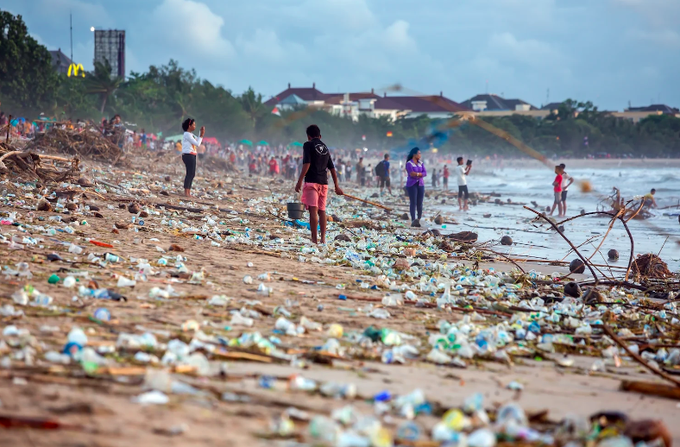
10. End Plastic Pollution: Looking Forward, Plastics Pollution INC-4
Ottawa, Canada: The fourth session of the Intergovernmental Negotiating Committee (INC) to develop an international legally binding instrument on plastic pollution, including in the marine environment (INC-4), is scheduled to take place from 23 to 29 April 2024 at the Shaw Center in Ottawa, Canada. The session will be preceded by regional consultations on 21 April 2024.
At the 3rd session (INC-3), delegates mandated the Secretariat to compile a “revised zero-draft text”. On 28 December 2023, the INC Secretariat released the advance copy of the Revised draft text of the international legally binding instrument on plastic pollution, including in the marine environment (UNEP/PP/INC.4/3). The final document will be made available in all six UN languages on the INC-4 website six weeks before the meeting.
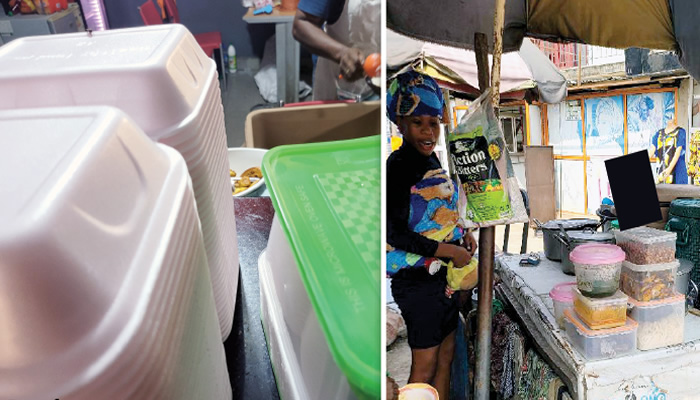
11. Stakeholders Raise Concerns Over Business, Environmental Impact of Styrofoam Ban – Lagos, Nigeria
Styrofoam containers, known as ‘take-away’ food packs, are a popular choice among Nigerians who use them to serve, store, and eat food items at home and outdoor events. Its lightweight and affordability are among the major features that make Styrofoam plates in high demand and supply across Nigeria. However, the Lagos State Government banned using single-use plastic (SUP) effective January 21, 2024. The civil society organisations (CSOs) said though the move was a welcome development, it must be accompanied by practical alternatives.
“Plastics still serve some economic good such as increasing product shelf life, easy accessibility to food, and protection of food from contamination thus reducing food waste. “A ban on single-use plastic and Styrofoam packs must come with practical alternatives that will make consumers and businesses easily tag along with the ban, most importantly when they are to go entirely without plastics”.
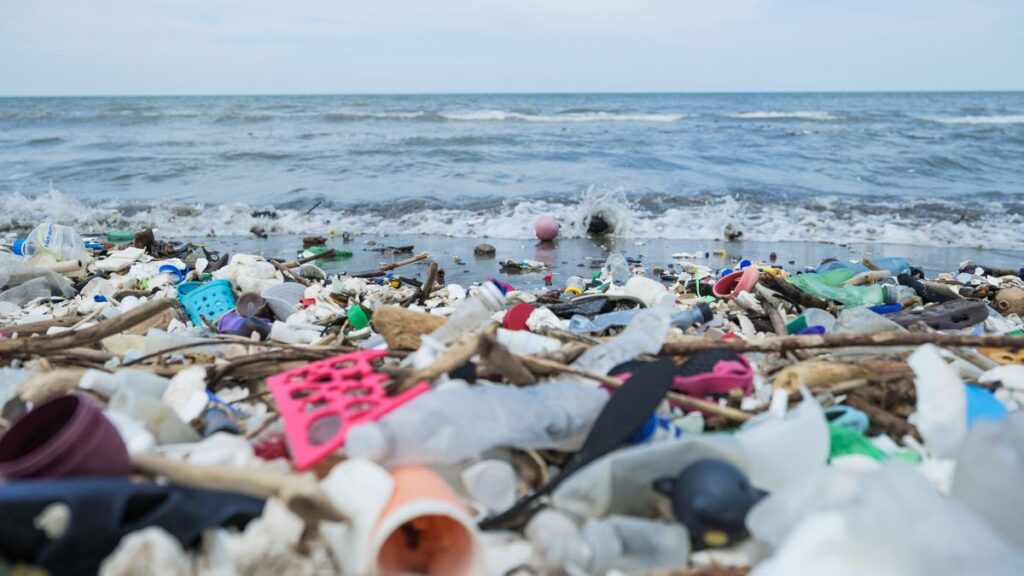
12. USAID’s Clean Cities, Blue Ocean Program Helps Prevent Over 4,600 MT of Plastic From Entering the Ocean
Sri Lanka: According to the United States Agency for International Development (USAID), the equivalent of 496 million plastic bottles was prevented from entering the ocean around Sri Lanka through the Clean Cities, Blue Ocean (CCBO) program. Launched in 2021, CCBO is USAID’s global flagship program addressing ocean plastic pollution.
The program partners with local organizations to design sustainable and economically viable solutions to address each step in the waste value chain, providing assistance and grants totaling more than US $1.2 million (Rs. 382.8 million). As a result, an additional 625,000 Sri Lankans benefitted from improved solid waste services, and communities around Colombo, Galle, and Jaffna have adopted sustainable practices that promote the reuse and transformation of waste products into new items. The U.S. will continue to work with Sri Lankan counterparts to find viable solutions and reduce ocean plastics.

13. Canada Funds Microplastics Health University Research
The Government of Canada has announced a $1.5m investment over four years to fund research into the health risks posed by microplastics. This initiative aims to deepen the understanding of how microplastics affect human health and will be conducted by McGill University, Memorial University of Newfoundland, and the University of Toronto. The universities will investigate potential microplastic exposure from various sources, including food, packaging, drinking water, and dust.
Microplastics come from various sources such as microfibres released from washing clothes, microbeads from wastewater, and others. It enters the human body through the ingestion of bottled water and tap water, food, and through the breathing of indoor and outdoor air. Recently, a non-profit organisation, the Circular Innovation Council, announced a new reuse programme to combat single-use plastic waste in Canada.
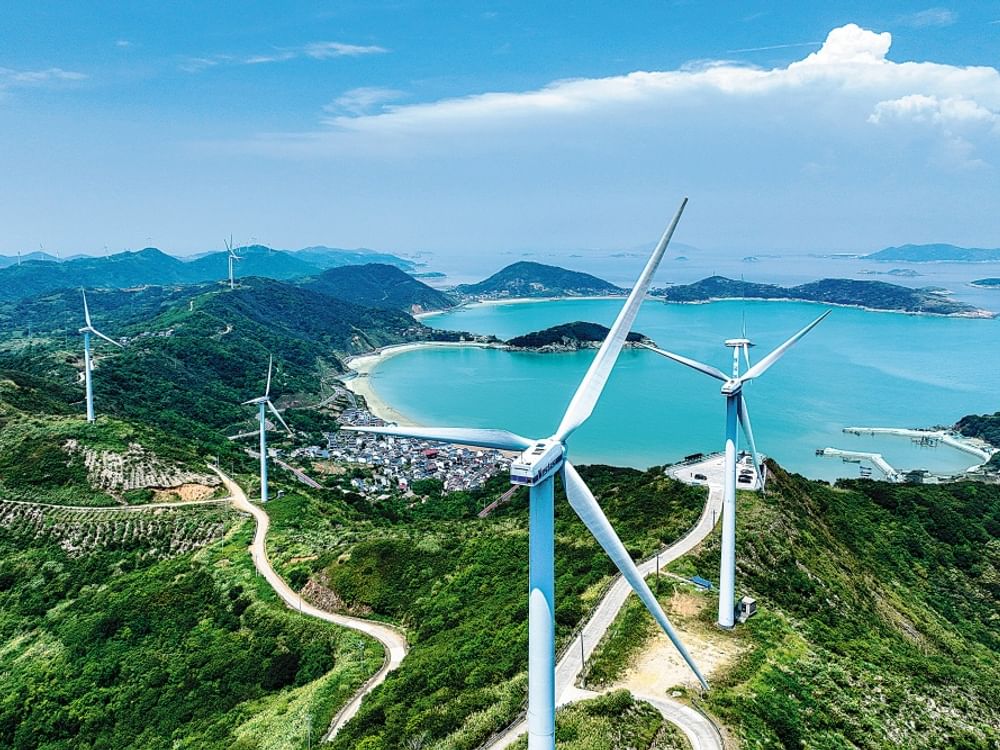
14. Chinese Foreign Ministry Calls for Greater Cooperation Worldwide to Address Climate Challenges
Beijing: Remarkable progress in clean energy has been made in China in recent years, providing solutions for tackling climate change globally. The Chinese Foreign Ministry said this will accelerate the international transition towards renewable power. Wang Wenbin – ministry spokesperson – responded to questions about China meeting its wind and solar development goals six years early.
He said China is projected to generate 60% of global renewable electricity by 2028, and by the end of 2023, over half of China’s power capacity came from renewable sources. New energy vehicle output and sales in China hit 9.587 million and 9.495 million in 2023. Both figures accounted for over 60% of global volume, remaining first place for nine consecutive years, Wang said. Also in 2023, China added as much solar PV as the whole world did in 2022, with 66% year-on-year wind growth.
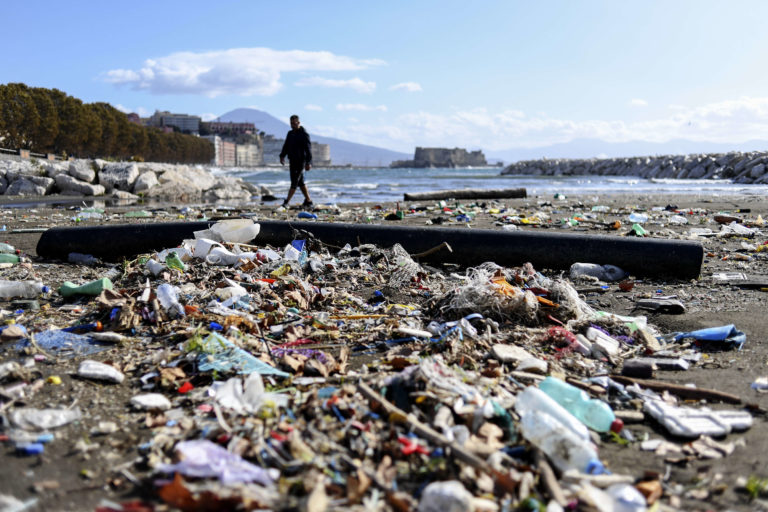
15. Exported European Plastic Waste Sent to Vietnam Can Harm Environment, New Report Warns
Vietnam: The latest research found that European plastic sent to Vietnam can enter nature, causing a significant impact on people’s health and the environment.The debris from plastic can enter the world’s oceans and wildlife, which can have devastating effects on animal’s survival and health. According to some reports, there are about 400 million tons of plastic production every year. Alarmingly, at least 14 million tons of plastic manage to enter the oceans.
In the study published in Circular Economy and Sustainability, researchers studied the exporting of plastic waste to Vietnam. Garbage and plastic have caused the deterioration of the water quality in Vietnam’s Ha Long Bay region. The researchers hoped that the findings would provide new insights to help UN policymakers’ plans to curb rampant plastic pollution. Understanding plastic consumption will help improve recycling methods and prevent debris affecting marine animals.
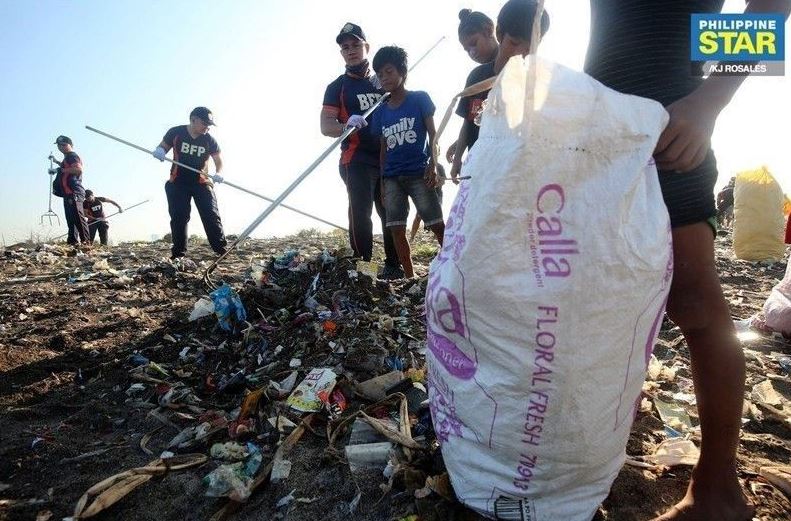
16. Plastic Makes up 90% of Manila Bay Litter — Monitoring Survey
A report by zero-waste group EcoWaste Coalition in collaboration with the Korean International Cooperation Agency (KOICA) the Department of Environment and Natural Resources and others found that 90% of the 12 million pieces of marine litter collected from the Manila Bay’s coastline in the Philippines were plastics. The study found that most of the litter consisted of hard and film plastics, such as single-use food sachets and plastic bags.
The report also revealed that plastic waste accounted for nearly 60% of the total weight of marine litter along Manila Bay. A 2021 World Bank study recommended the strict implementation of the Solid Waste Management Act of 2000, the Clean Water Act of 2004, Operational Plan for the Manila Bay Coastal Strategy, and the continuing mandamus issued by the Supreme Court compelling authorities to perform their duties in cleaning and rehabilitating the polluted body of water.
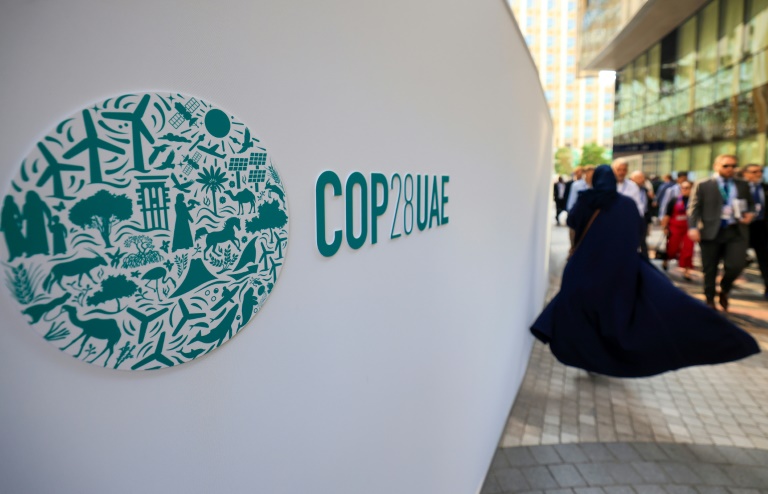
17. Climate Action Needs Cultural Wisdom – Dubai
“Conference of Parties” (COP) is the annual meeting of UN member states to discuss, negotiate, and work to reach consensus on addressing global climate change. COP28 hosted 500,000 in-person visitors. Southeast Asia Cultural Heritage Alliance (Seacha), a pan-Asean alliance of cultural heritage-focused civil society groups, sent 11 delegates from eight Asean countries. They co-organised six events to promote culture for climate change action.
Achievements from the conference included; 1) “High-Level Ministerial Dialogue on Cultural-based Climate Action” convened with 25+ Ministers of Culture, heads of intergovernmental cultural organisations including Seacha. Ministers expressed that their culture, cultural wisdom, and cultural heritage should be part of the solution to climate change. 2) “Emirates Declaration on Cultural-based Climate Action” was adopted. 3) Climate Heritage Network, a global network promoting culture-based climate action, launched a ‘Global Call to Action‘ petition to put Culture at the Heart of Climate Action.
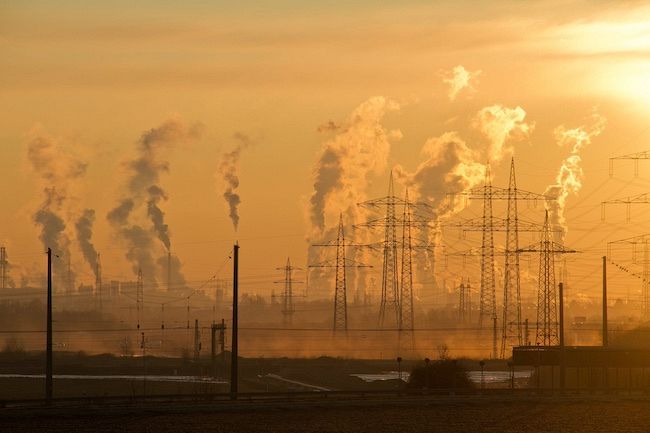
18. Fossil Fuel Lobby Steer COP28 Climate Deal Towards Global Setback
Science is clear that fossil fuels must be rapidly phased out in order to limit average global warming to ~1.5°C in order to prevent a catastrophe. The draft text circulated to 190 nations by the President of COP28 climate talks in the UAE, who is also the head of UAE’s biggest oil company, had no mention of phasing out fossil fuels or even phasing down.
Australians should not be surprised or pointing fingers, because they are just as culpable and have been sitting in the front row of climate denial for a generation or two of political chicanery. The Australian Coalition Government refuses to accept the advice of energy market operators, regulators, and the industry itself that the grid can be run largely, if not entirely on renewable energy. And it is at the centre of an effort to convince others of the same.




